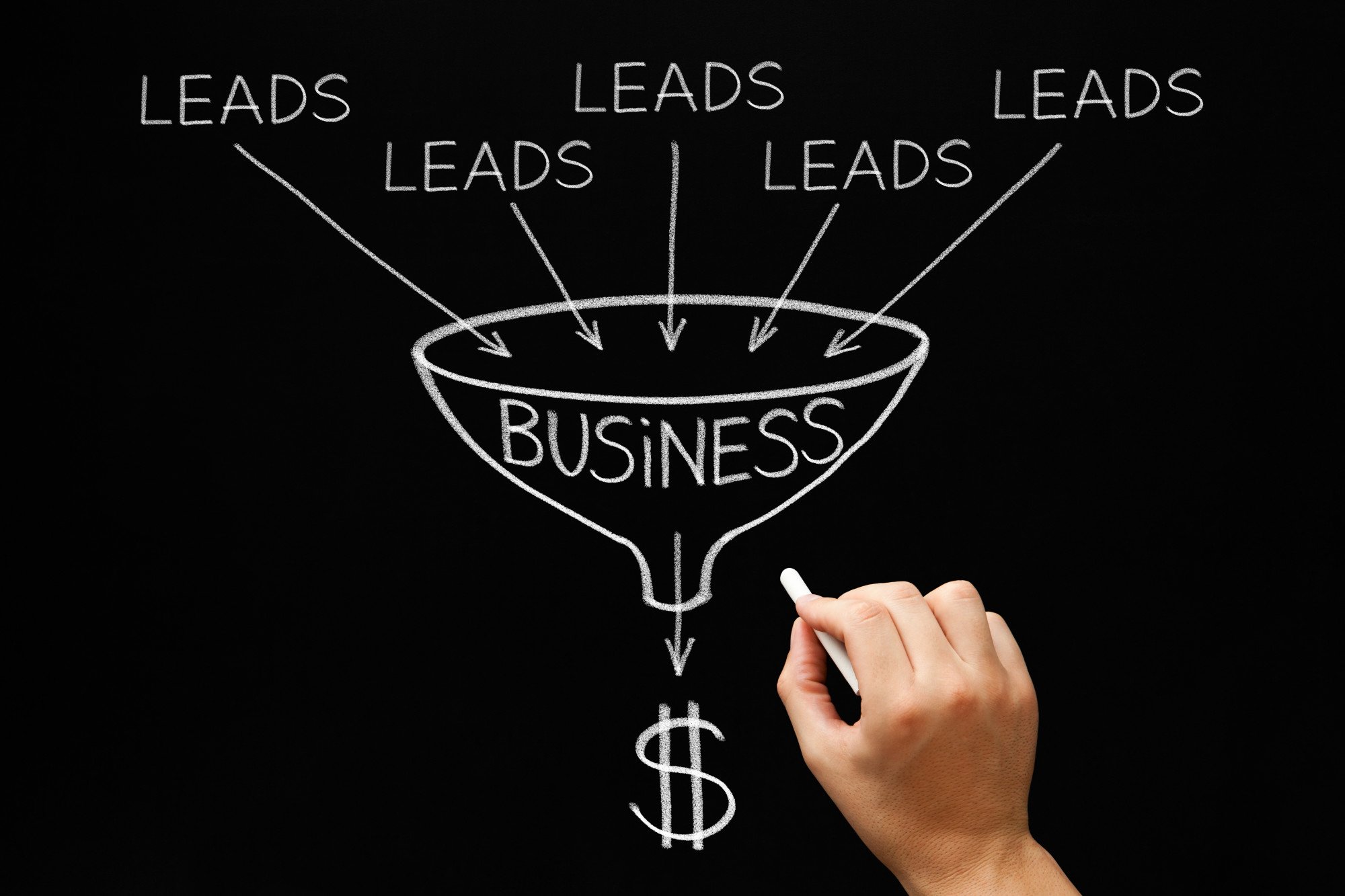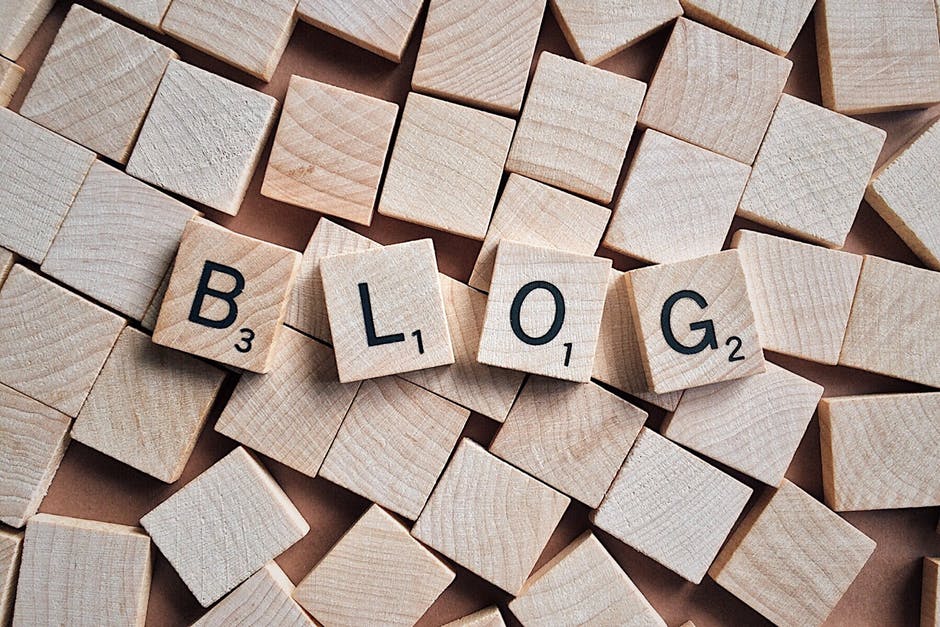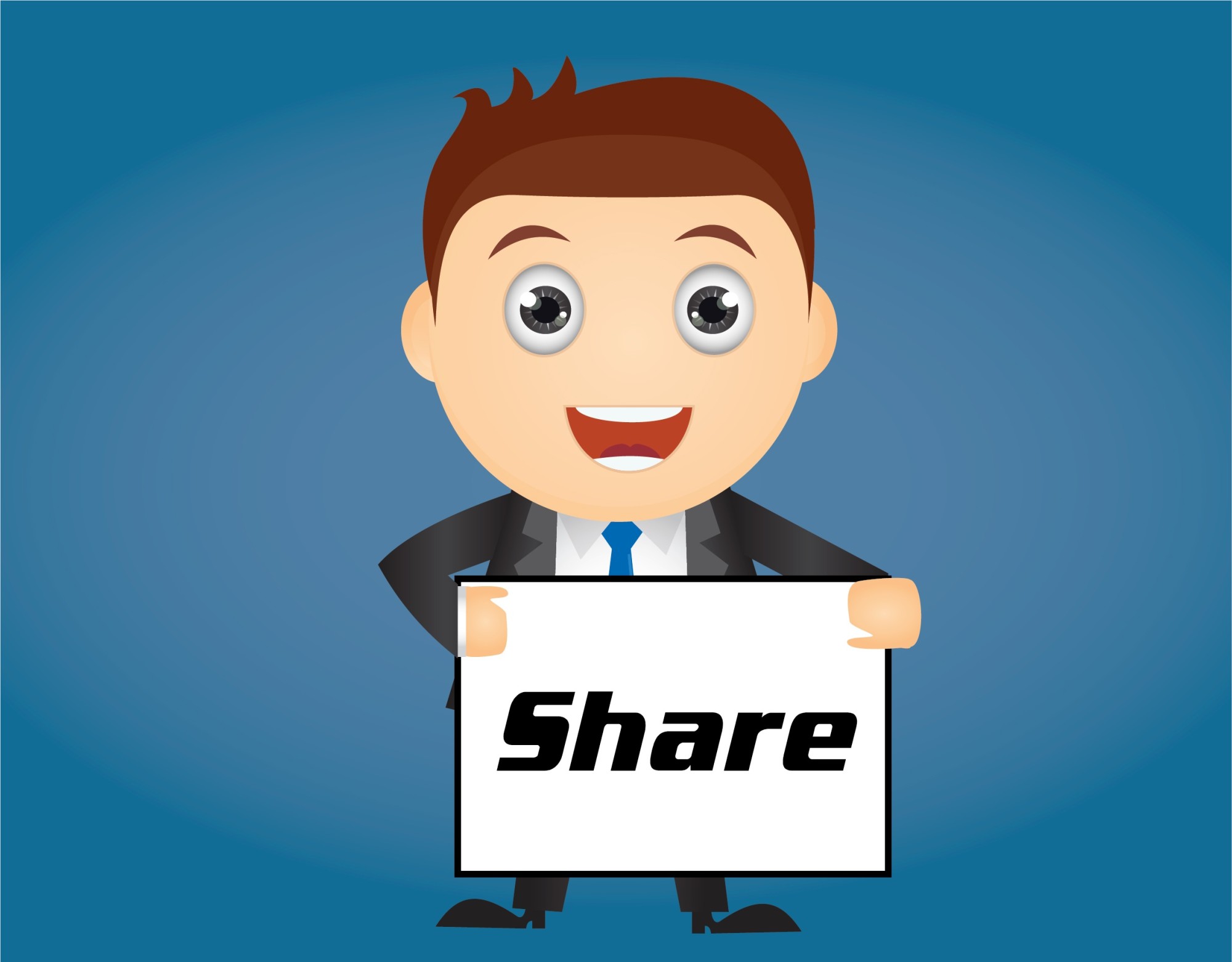Did you know that only 18% of marketers value outbound sales strategies for providing qualified leads?
Inbound lead generation has taken over not only digital marketing but marketing as a whole. But what is it exactly?
The idea of what inbound sales is, often gets lumped into the stereotypes of traditional lead generation. But inbound lead generation stands alone.
Here’s everything you need to know about inbound lead generation.
What Makes a Lead?
So what makes something a lead versus a contact or a simple email? The answer is interest.
A lead is someone who has expressed interest in your business through many forms, like signing up for a newsletter, downloading an ebook, and browsing your website.
Cold emailing a person you’ve found on the internet, or purchasing a large contact list does not qualify as “lead generation.” The lead must be the one to initiate the conversation with a business.
Put yourself in the customer’s shoes. If you recently watched a free webinar from a company and received an email follow-up asking how it was, and if you would be interested in more products, it wouldn’t feel intrusive. But, if a company were to suddenly start emailing you, asking if you’d like to see their products, it would feel a little invasive, and even desperate.
Understanding the Types of Leads
All leads aren’t necessarily the same. Different leads fall into different parts of the buyer’s journey. There are four main types of qualified leads, or leads that are “actually” leads, they’re listed below.
- Marketing Qualified Leads (MQL). These are the people at the beginning of the buyer’s journey, who have expressed indirect interest, like through an ebook download. MQLs are in the awareness stage of the buyer’s journey.
- Sales Qualified Leads (SQL). These leads have directly expressed interest in your product by engaging with your company, like through a Facebook message asking about a product. SQLs are in the consideration stage of the buyer’s journey.
- Product Qualified Leads (PQL). PQLs are also in the consideration stage. They are potential clients who have tried your product but have not actually purchased it yet. Think free trials and free samples.
- Service Qualified Leads. These are institutions or individuals who have decided that they want your product, and have reached out to your team to express so.
What is Lead Generation?
Lead generation is the act of curating qualified leads. Lead generation is not cold emailing or email blasting thousands of random contacts. It’s the “art” of making people genuinely interested in your product or service and converting them into customers.
To understand what is truly interesting to your target audience, you need to understand them. You’ve got to think about the challenges they face and the solutions you can offer them. An Instagram post, an event, and a press release are all examples of lead generators.
Think of it as if you were trying to make connections at an event. An almost guaranteed way to turn strangers into friends is to fulfill a need they have.
Pointing someone in the direction of the room their looking for, helping someone get their order in at a crowded bar, and complimenting someone are all ways to break the ice. All of these examples fulfill an intrinsic need.
The same is to be said for lead generation, get people aware and interested in your company by giving them something they need. Provide a tutorial video on a common question you receive or see in your industry, give them something like an invite to a free event, or a free online course.
Understanding Inbound Lead Generation
By now you might have realized that inbound lead generation takes many forms. The most successful strategies are embedded in all aspects of a company’s inbound marketing strategy.
For inbound lead generation to be successful, there needs to be a central inbound strategy that connects all inbound marketing channels. Each method should work together to enhance each individual strategy, not work against one another or in a detached manner.
Email, content and social media marketing, along with a company’s website are all essential tools at the center of an inbound sales strategy.
How to Use Inbound Marketing to Generation Leads
Create high-quality content that serves a purpose. Don’t just regurgitate information from across the web onto your website.
Think about what unique angle your company can bring to a topic. Think about the topics you’re authoritative in and how you can be of service to your target audience. Create a resourceful blog, or YouTube channel or guide book for completely free.
Stay relevant by sharing a newsletter with your current lead database. Segment the database by the type of leads they are. Share relevant news and solutions, and use email as a tool to distribute your content on.
Use PPC and paid search advertising to capture the interest of your target audience for inbound lead generation. Bring users who click to a resourceful landing page where a potential lead must fill out a form to access exclusive content like a product trial, coupon or other freebies.
Consistently manage your social media profiles. Make sure that your company information is updated and that photos and imagery are consistent with your brand. Consistently update your social networks with content that’s interesting and relevant to the audiences of each independent social network.










